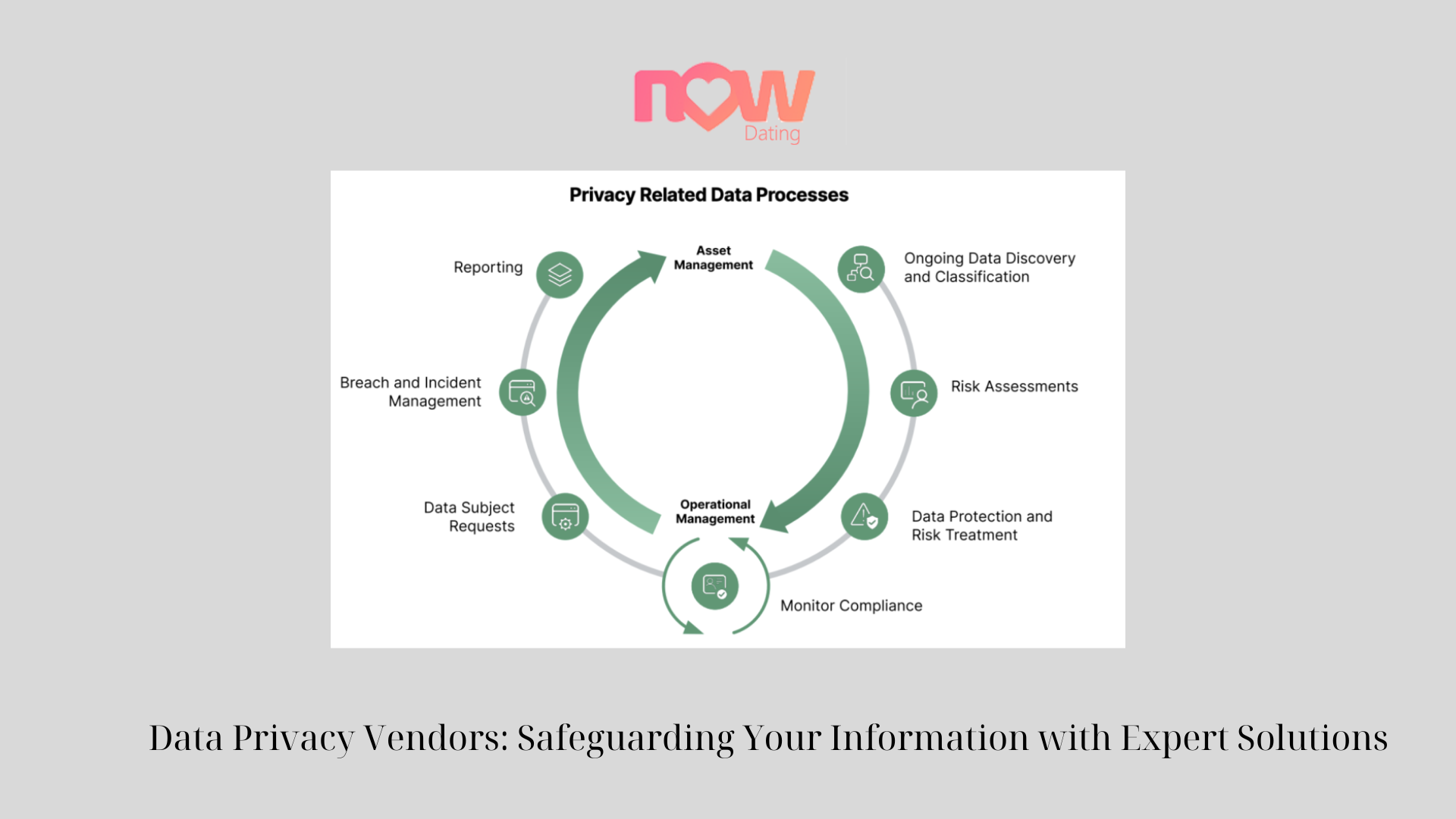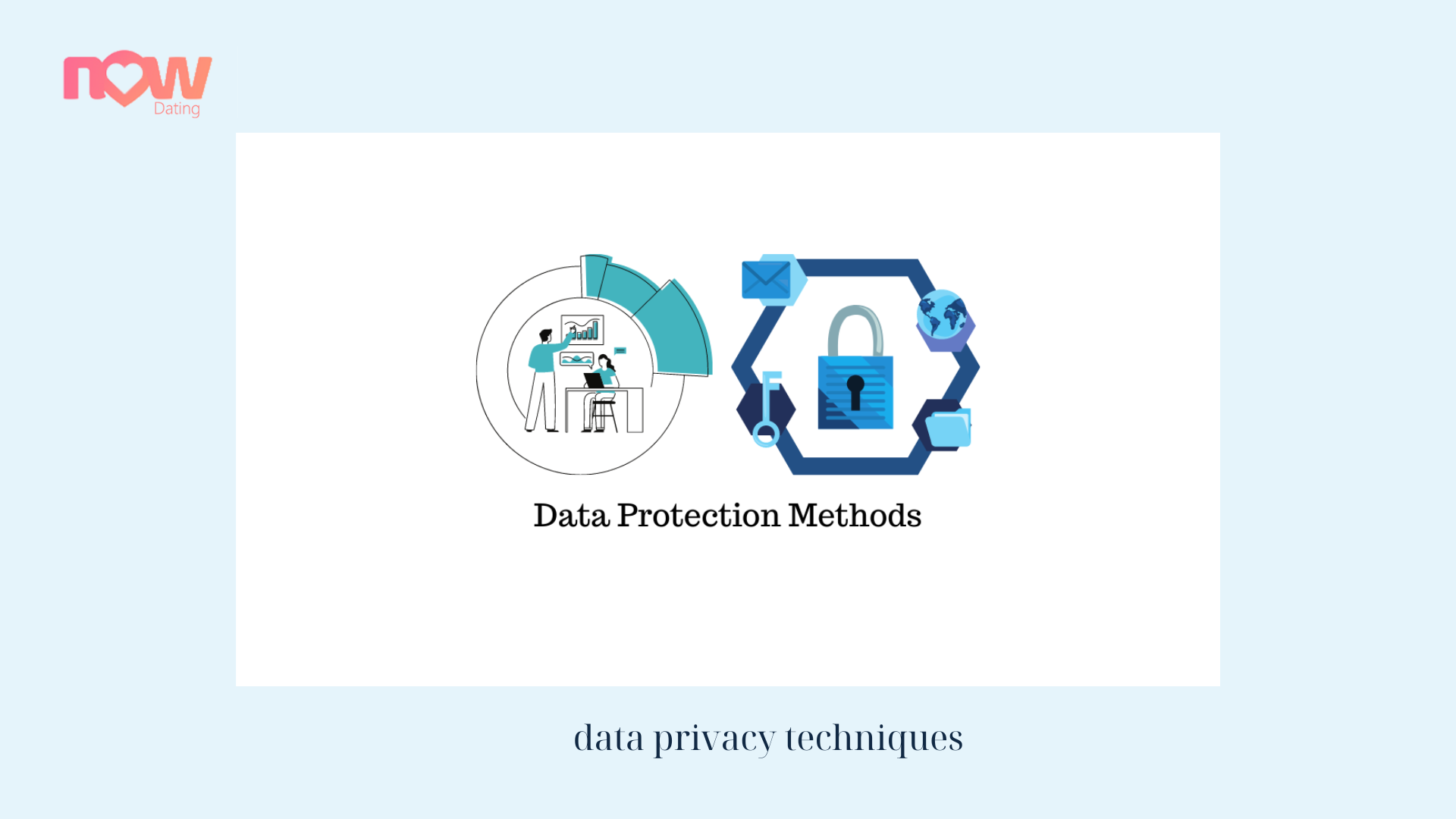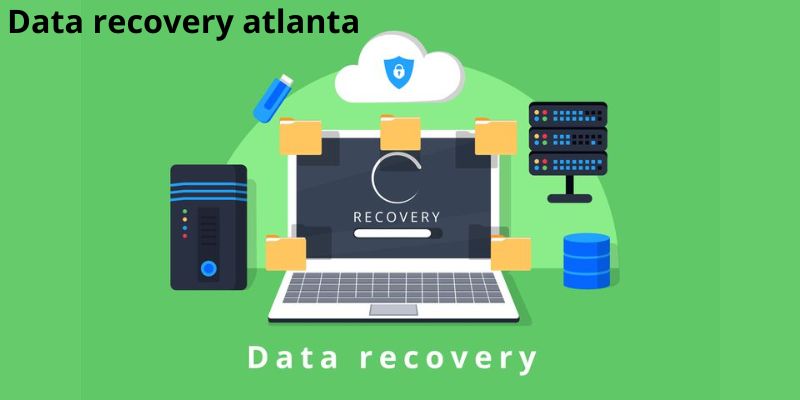
Today, the cloud-first strategy has become the norm in the enterprise. Businesses are turning to a cloud-first strategy to keep up with the ever-changing business environment. The shift to prioritizing the cloud is being driven by the need for flexibility, scalability, and security. What is a cloud-first strategy? You may learn more about a cloud-first strategy in 2023 by reading this article.
What is a Cloud-First Strategy?
A cloud-first strategy is a business strategy in which organizations move all their internal processes to a shared cloud infrastructure to save on IT costs. These are widely offered to enterprises, ranging from AWS to Microsoft Azure. In essence, they switch to a single integrated cloud service provider to replace all of their existing software and digital platforms. This makes premium and secure cloud services available to businesses at a fair price.
How to implement the Cloud-First Strategy?

You can implement a cloud-first strategy by taking these steps:
- Step 1: Evaluate
Assess the overall impact of a cloud-first deployment in terms of cost, security, and architecture. Introduce the idea to your team and do a short test of the approach to assess its feasibility. - Step 2: Move
Assess the overall impact of a cloud-first deployment in terms of cost, security, and architecture. Introduce the idea to your team and do a short test of the approach to assess its feasibility. - Step 3: Access the cloud
Use all the tools and applications provided by your cloud solution and automate your business functions. Leverage all the capabilities of the cloud that can be useful to your company. - Step 4: Monitor & Adjust
Make final adjustments to ensure that your cloud solution delivers optimal benefits and the highest possible return on investment. You should also participate in performance monitoring so that you are immediately alerted to any problems.
Why should choose a Cloud-First Strategy?
There are many reasons why businesses choose a cloud-first strategy. One of them may include the following:
Ability of extension
This is perhaps the most obvious benefit of cloud computing, allowing the cloud provider to automatically scale resources specific to an application. If your site has a spike in traffic, they will quickly upgrade your server hardware so you don’t disappoint your customers.
Cost savings
Cloud computing is much cheaper than renting or owning physical space. With large cloud companies, the cost of using their services is also transparent and very rarely there are hidden costs. Also, if you are a business that does not operate in a large city, the connectivity it offers is second to none.

Resilience
In business, everything is possible including failures and risks. When active online, everything from hackers to natural disasters can cause your data or information to be lost. When you use physical storage systems, they are often unrecoverable. If they are stored in the cloud, your information and resources are safe.
Cooperate
With all your information stored in one place in the cloud, operations that exist on a global scale become much easier to coordinate. Colleagues, from data analysts to marketers, who are working in remote locations – which may become more common.
Limitations of Cloud-First
Although a cloud-first strategy has numerous advantages, it also has certain drawbacks. The fact that the cloud is not a one-size-fits-all answer is the most evident disadvantage of giving it a priority. For certain firms, it’s a fantastic tool, but not for others. Companies that have the means to construct and manage their own data centers ought to make use of it.
The fact that the data is stored in the cloud and there is no physical backup of the files means that it does not offer a comprehensive solution for data storage and backup. Another drawback of cloud storage is that you can’t access your files if the internet is down or there isn’t any internet connection at all.
Is a Cloud-First Strategy right for you?

Ultimately, it’s up to your business to decide if a cloud-first strategy is right for you. However, it should be understood that there are some great reasons why businesses adopt cloud computing. Cloud computing is not the right choice for every business, and it may not be for you. The good news is that every cloud platform makes it easy to get started with their service. Usually, small service tiers are completely free and take a few minutes to set up. If you’re thinking of moving your business to the cloud, this is the best time to start and it’s easy to try things out.
Conclusion
With the information we just provided, your organization is ready for a cloud-first strategy. You must evaluate your team’s demands and select what cloud model your firm requires before deciding to move forward. Choosing a secure storage service that moves all assets and data is the first step in implementing your plan once you’ve determined that your company can benefit from a cloud-first strategy. This will allow you to focus on meeting your business needs while utilizing cloud tools and applications to boost productivity.
Conclusion: So above is the What is a Cloud-First Strategy? The Future of Cloud Computing article. Hopefully with this article you can help you in life, always follow and read our good articles on the website: qule.info





